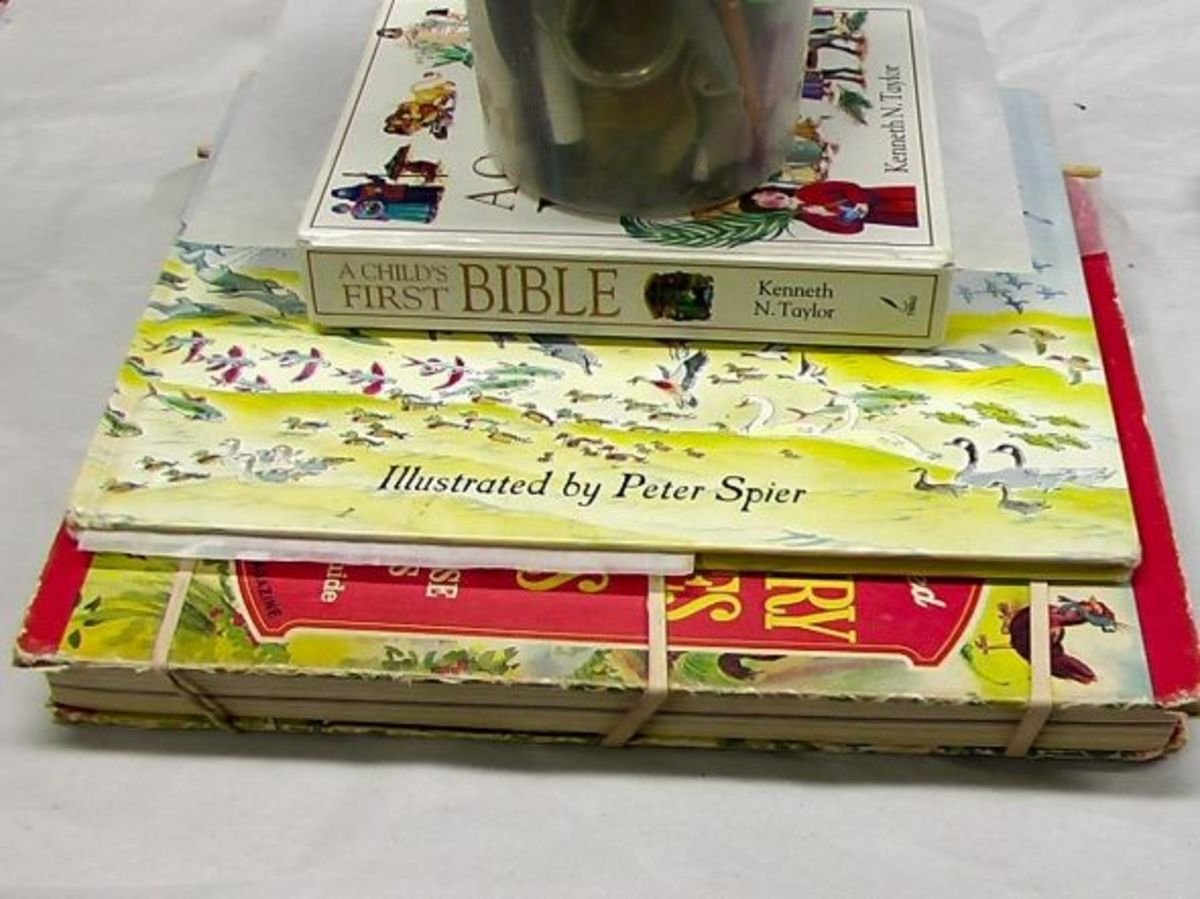Introduction
Oh, the dismay of discovering a precious book with a torn page! Whether it’s a beloved novel, an invaluable textbook, or simply a sentimental treasure, a damaged page can seem like an irreparable loss. Yet, fret not! With a bit of patience, know-how, and these expert tips, you can restore your beloved book to its former glory.

Image: www.pinterest.com
As avid readers ourselves, we understand the heart-wrenching feeling of handling a book with torn pages. That’s why we’ve compiled this comprehensive guide to guide you through the art of book page repair. Whether it’s a small tear or a substantial rip, you’ll find all you need here to restore your valuable texts to their pristine condition.
The Anatomy of a Book Page
Before we dive into the repair process, let’s understand the anatomy of a book page.
A book page is typically made of paper, which consists of fibers interwoven and bonded together. When a page is torn, these fibers break, leading to the visible damage. By assessing the extent of the damage, you can determine the appropriate repair technique.
Types of Tears
- Marginal Tear: Occurs along the margin or edge of the page, extending inward.
- Fold Tear: Occurs when a page is folded and eventually torn along the fold line.
- Running Tear: Extends across the page with fibers broken along the tear line.
- Compound Tear: A combination of two or more types of tears, such as a marginal tear that runs into a fold tear.
Essential Repair Tools
For effective book page repair, you’ll need the following tools:
- Acid-free paper
- Wax paper or parchment paper
- Bookbinding glue (PVA or wheat starch paste)
- Small paintbrush
- Bone folder or credit card
- Scissors

Image: feltmagnet.com
Step-by-Step Repair Techniques
Minor Rips (Marginal or Fold Tears)
- Gently align the torn edges.
- Place a piece of wax paper or parchment paper on the torn area.
- Apply a thin layer of glue along the tear line, spreading it evenly with a paintbrush.
- Remove the wax paper/parchment paper.
- Use a bone folder or credit card to smooth and flatten the repair area.
Major Rips (Running or Compound Tears)
- Cut a rectangular strip of acid-free paper slightly larger than the torn area.
- Apply glue to the perimeter edges of the acid-free paper.
- Align the acid-free paper patch over the torn area and press down firmly.
- Smooth and flatten the repair area with a bone folder or credit card.
- If the tear runs close to text, insert a thin strip of acid-free paper between the original page and the patch to avoid obscuring the text.
Tips and Expert Advice
- Always use acid-free materials. Acidic materials can damage paper over time.
- Allow repairs to dry completely before handling the book.
- Be patient and meticulous. Rushing the process can lead to unsatisfactory results.
- If the tear is large or complex, consider consulting a professional bookbinder.
- Store repaired books in a cool, dry environment. Direct sunlight and moisture can further damage paper.
FAQs
Q: Can I use regular glue to repair a ripped page?
A: No, regular glue contains acid that can damage paper over time. Use bookbinding glue (PVA or wheat starch paste) specifically designed for book repair.
Q: How long does it take for the repair to dry?
A: Repair time depends on the type of glue used and the humidity level. Generally, allow at least 24 hours for the glue to dry completely.
Q: Is it possible to repair a completely shredded page?
A: Depending on the size and condition of the fragments, it’s possible to reassemble and adhere the torn pieces back together. However, extensive damage may require expert bookbinding skills and materials.
How To Fix A Ripped Book Page
Conclusion
Restoring a ripped book page is an art that combines technical precision and the love of literature. By following the tips and techniques outlined in this guide, you can preserve the integrity and beauty of your valuable texts. Remember, a repaired book is a cherished relic that carries the stories and knowledge of the past into the future.
Are you passionate about the preservation of books and the joy of reading? Share your thoughts and experiences in the comments below. Together, let’s ignite a love for the written word and safeguard the literary treasures that inspire us.